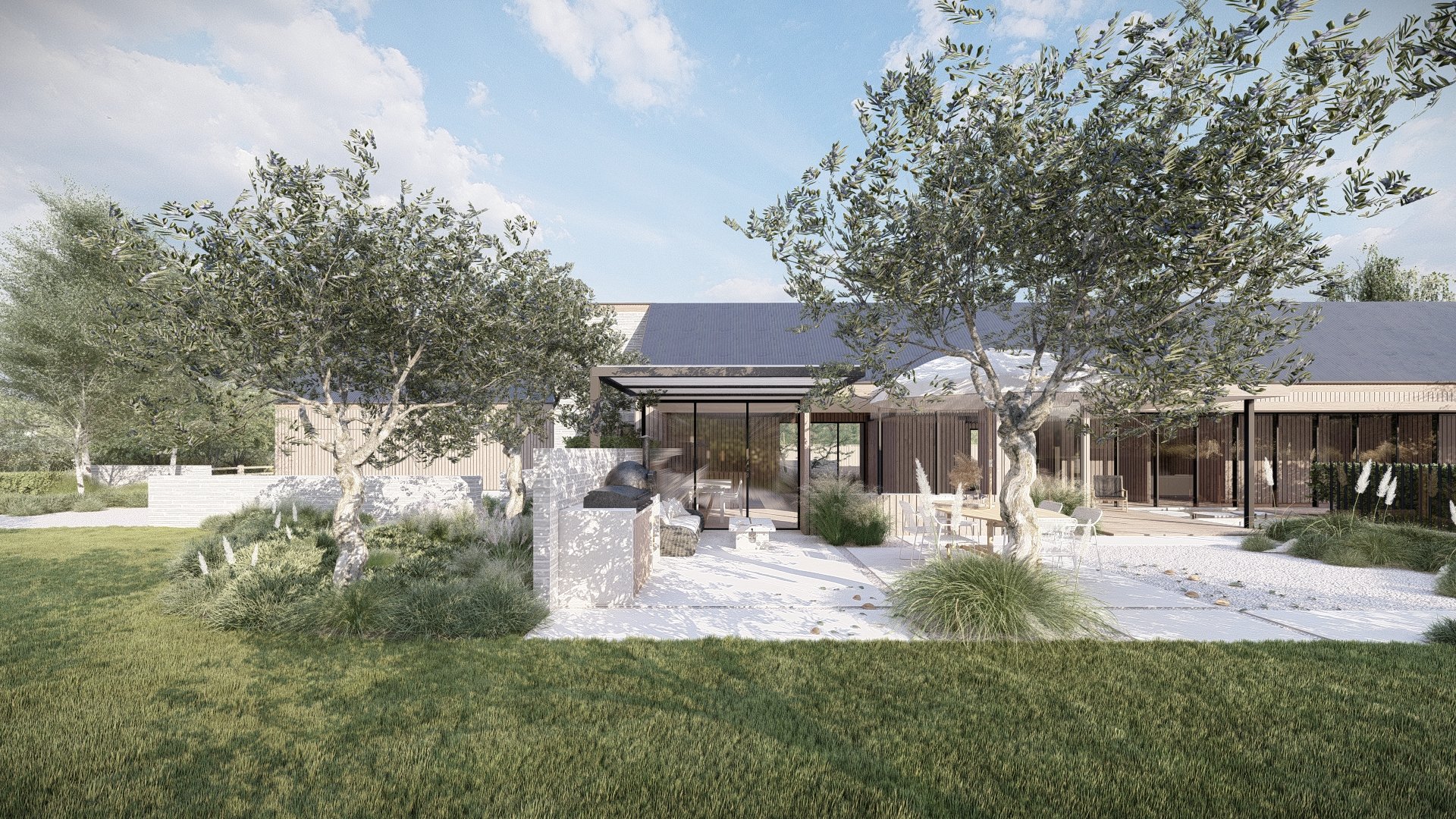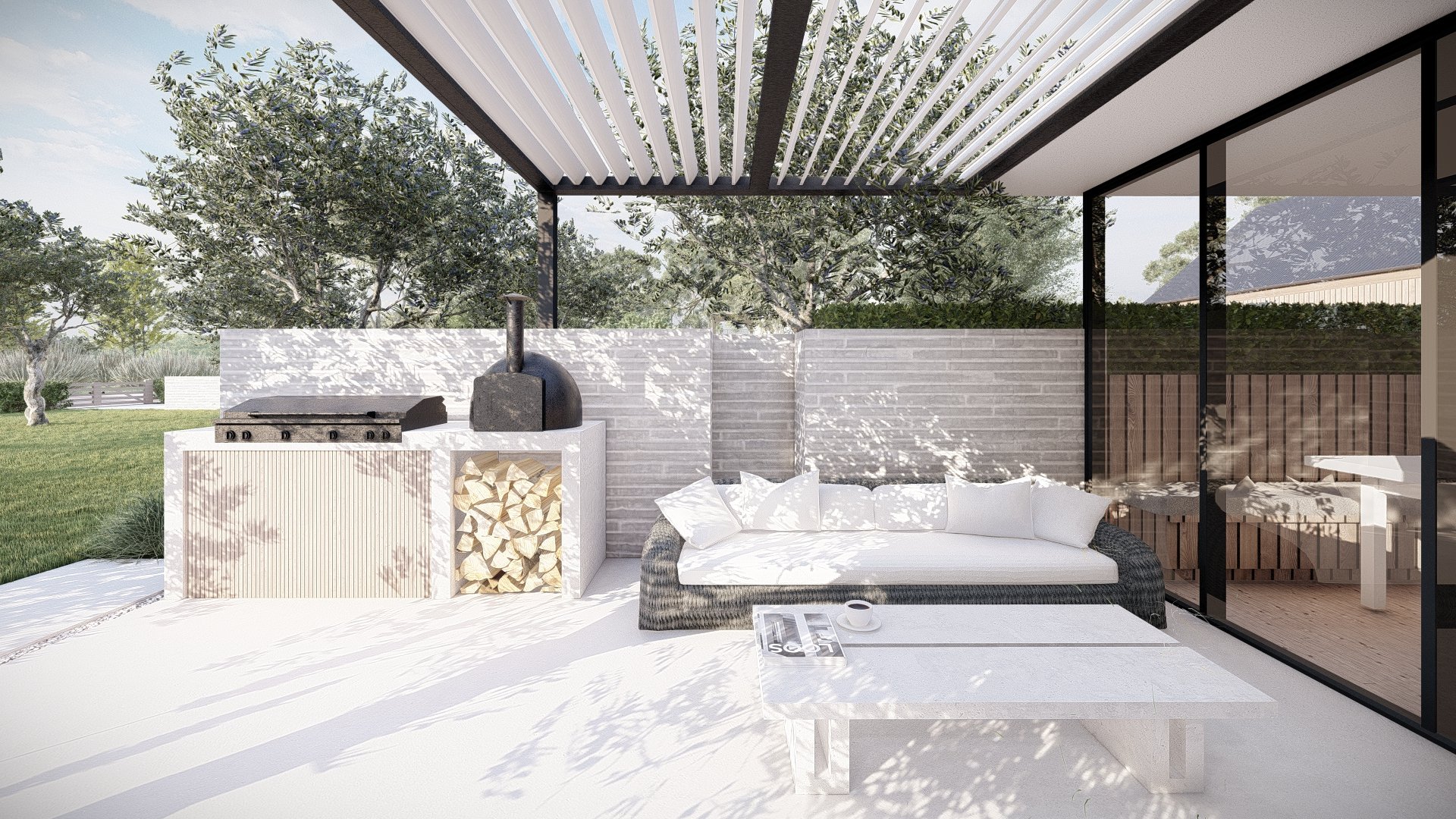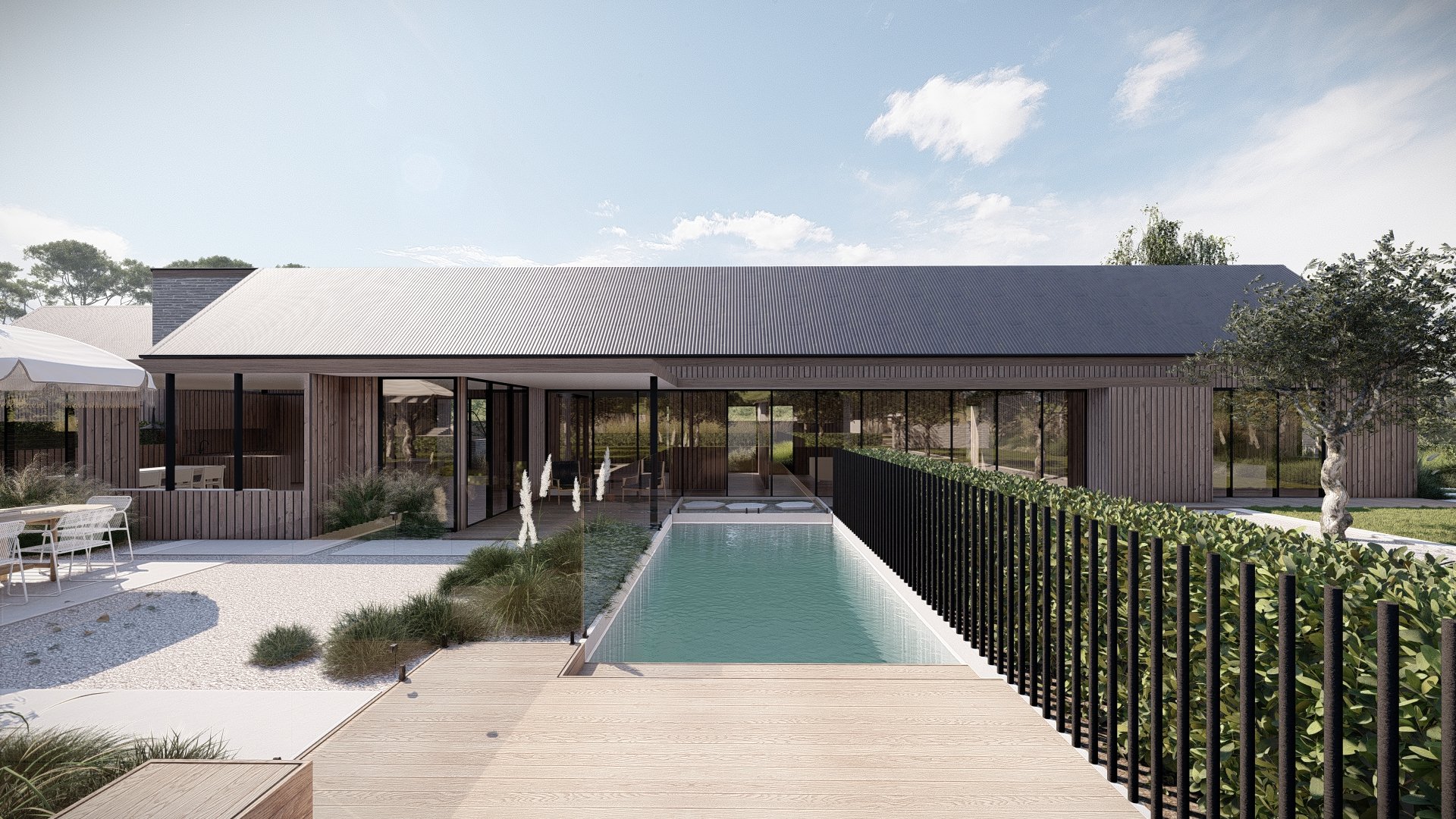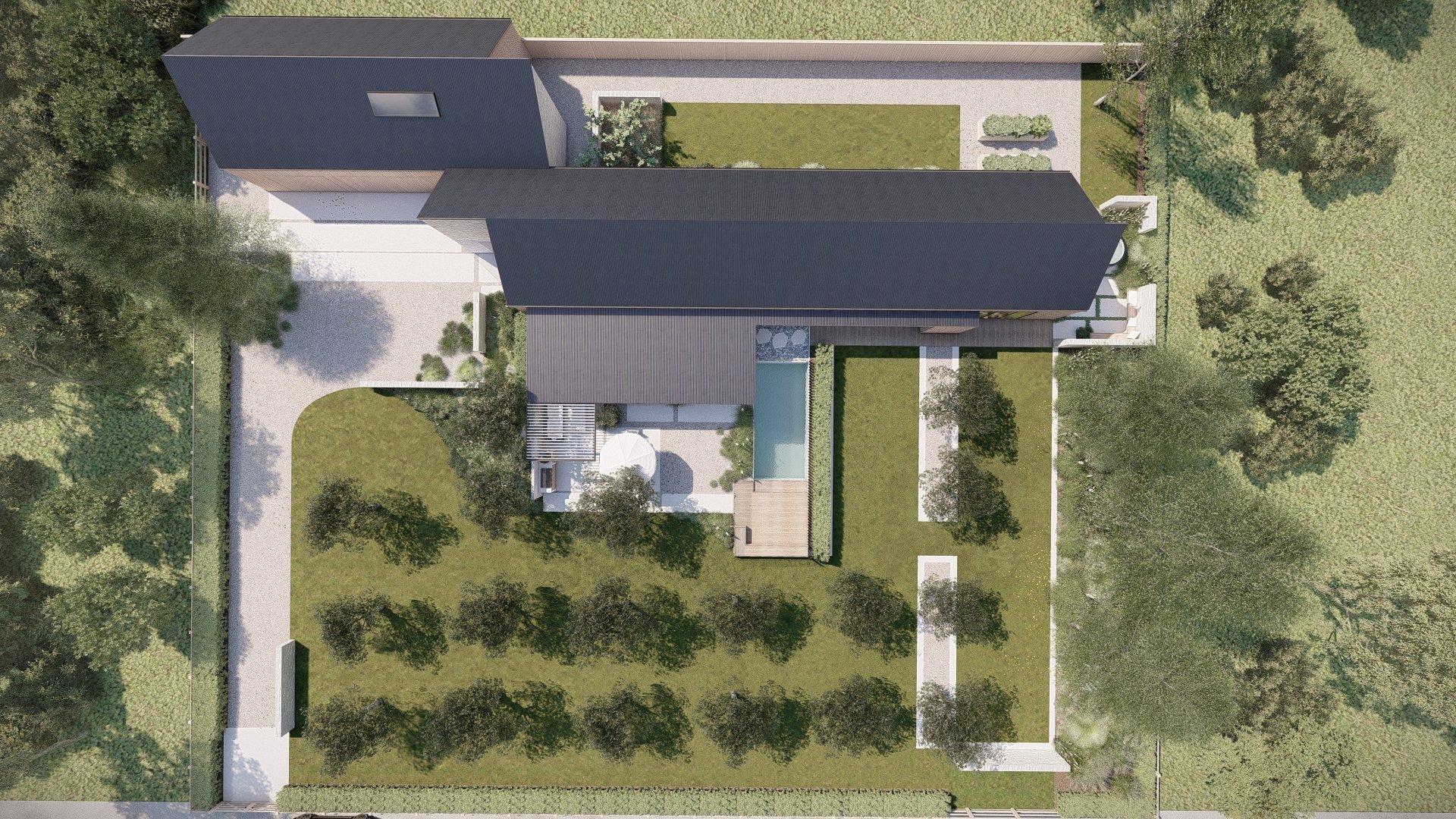Building a Passive House
Passive House is the world’s leading standard in energy efficient construction. A Passive House is healthier and warmer and cost you less to cool or heat throughout the year. But how?
By clearly defining the building standard and quality management system that ensures a Passive House delivers on all aspects of occupant well-being while consuming very little energy.
The Passive House standard is supported by precise building science and over 30 years of evidence from tens of thousands of buildings around the world.
It all starts with the Energy Modelling. This the most important part of the Passive House design process. With the use of a software, called PHPP, all components and the way they interact with each other are modelled to precisely forecast the overall building performance.
Changes to the design and the different features as shown below can be explored in the model until the right combination is achieved, taking into consideration the overall budget of building the home.
What are the features of a Passive House?
High-Performance Windows & Doors
Even the very best windows let more energy escape compared to a wall and this is why Passive House buildings have high-quality, very energy-efficient doors and windows. Double- or triple-glazing is used, determined by the specified climate and/or comfort requirements.
It is crucial for a Passive House that the windows frames and glass stay at a similar temperature to the air inside the building, so condensation and mould are avoided. This also reduces your heat loss by three-quarters compared to ordinary windows and doors.
Excellent Insulation
A certified Passive House is wrapped in a continuous layer of insulation, guaranteeing near-zero air leakage to create a consistently warmer, drier and healthier indoor environment.
A specific product we recommend is Formance SIP panels, a solid polystyrene insulation sandwiched between two sheets of OSB. The panels can be used as walls, roofs and floors in residential and commercial buildings, and are available in various standard thicknesses and associated R values.
Airtight Building Envelope
A Passive House has an uninterrupted airtight building envelope that retains warm air in during winter and cool air in during summer. This ensures that the temperature inside the home is stable, no matter what the weather is outside.
Creating this building envelope is a core task for us throughout the whole building process, ensuring every little penetration from plumbing, cabling etc. is properly sealed.
No Thermal Bridges
Thermal bridges are pathways for heat to travel in and out of a building. They are a main contributor to significant temperatures fluctuations and also lead to moisture and mould problems inside the home.
Typical thermal bridges are where the foundation meets the walls, the walls meet the ceiling and roof and also where conductive materials (like steel) penetrate the exterior of the building. We pay special attention to these details during the design stage and during the building process.
Mechanical Ventilation
In a Passive House clean, fresh air is guaranteed at all times thanks to a continuous mechanical ventilation system. It consistently removes stale, damp air and replaces it with fresh, filtered air whilst recovering up to 95% of the energy in the stale air being expelled.
It’s the secret to keeping an even temperature right throughout the house and having minimal heating and cooling costs all year.
Why getting your home certified?
The certification process gives you confidence that you get what you’ve paid for. This means, you can be certain that your new home will deliver on its promise of energy-efficiency, comfort, health and durability.
A certified Passive House reaches objective, quantifiable targets - it either meets the standard or it doesn’t. It also increases your property value through an independent quality assessment.
For more information get in touch or visit https://passivehouse.nz/.





